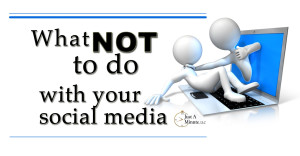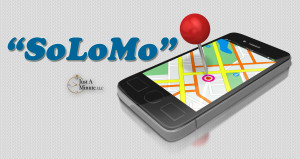What Not to Do On Facebook
Anyone watching “Kitchen Nightmares” starring Gordon Ramsey a few weeks ago in the episode featuring Amy and Samy Bouzaglo of Amy’s Baking Company in Scottsdale, Ariz. must still be shaking their heads in amazement at the social media fiasco that has ensued. It seems the owners didn’t think much of the recommendations offered by the often outspoken Ramsey, then took to their Facebook page to begin an all-out flame war with their critics, huge numbers of Reddit commenters that descended upon their page, and at last count have left some 45,000 comments. This developed into a classic lesson in how NOT to do social media. The always stubborn owner Amy, joined in by her husband, opened fire in an epic flaming match with the commenters, including salty language in all caps, to boot. There is no doubt they’ll be dealing whith this for a while, as the vast majority of the comments were, how should we say, less than complimentary. This was an epic social media train wreck if there has ever been one.
What not to do on Facebook
In a sober celebration of this meltdown, we thought it might be a good idea to talk about some the fundamentals concerning how you should comport oneself on a social media site like Facebook.
- Always address complaints, but in a civil manner.
- NEVER get into a flaming match with a poster. YOU WILL LOSE!
- Correct whatever is wrong or misstated, but be sure you keep your end about you. No confrontations!
- Keep a sense of humor whenever possible. Nothing feeds controversy like hurt feelings replied to negatively.
- Be professional, generous, and watch controversy die on the vine.
- Never be vulgar or confrontational. Calling people names, (deserved or otherwise) is a sure recipe for escalation.
- Don’t share a lot of your personal information, but do let your personality shine through!
While Amy’s Baking Company is far from the first to actively engage their fans in entirely the wrong way, (see Nestle) it apparently wasn’t their first rodeo. They got in it with a Yelp reviewer in 2010, and the negative comments are still coming in!










